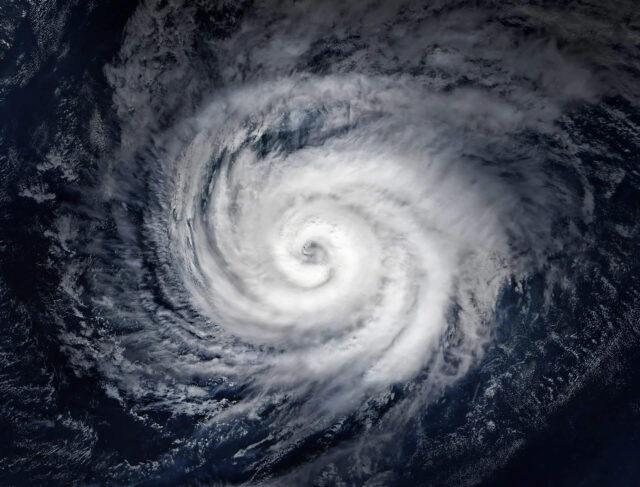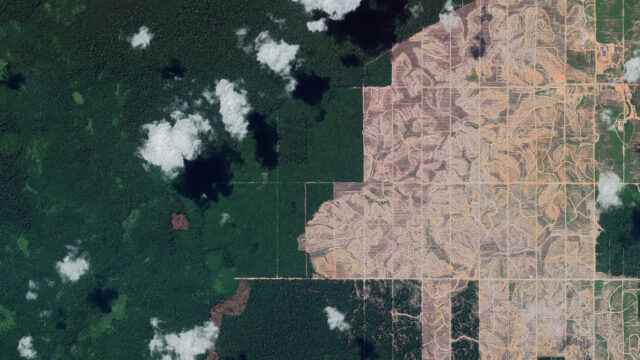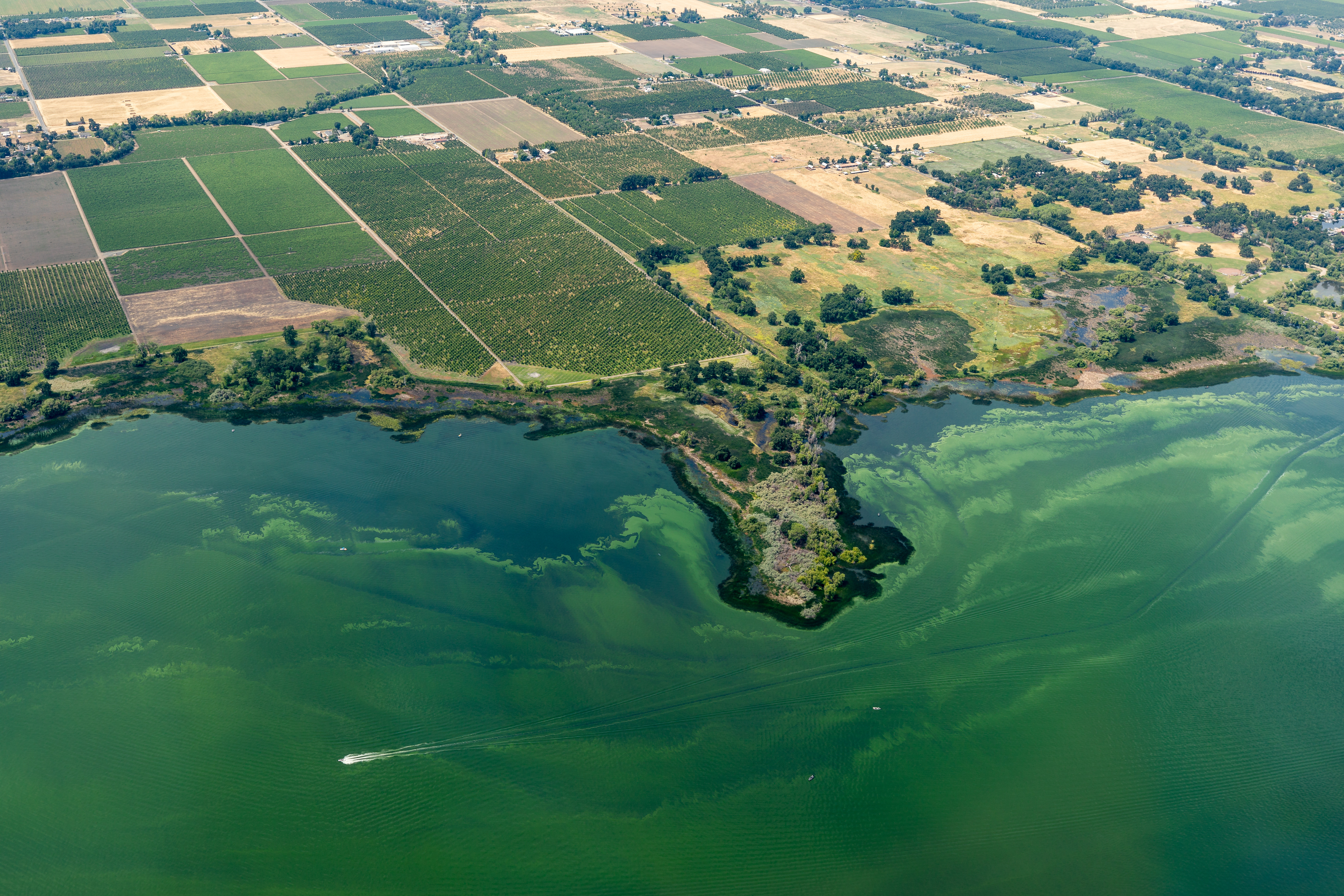Change in Biosphere Integrity
Loss of species, ecosystems, and ecological functions sustain and regulate the overall state of the Earth.
Current State
Biosphere Integrity refers to the capacity of ecosystems across the planet to support life and maintain the overall health and stability of the Earth system. This depends on the health, diversity, and interactions of the organisms that make up these ecosystems. Human activities are putting increasing pressure on Biosphere Integrity: through land-use change (such as expanding agriculture, livestock, cities, and industry), overexploitation of natural resources (like overfishing), the spread of invasive species, and various forms of pollution.
These pressures are further intensified by disruptions in other Planetary Boundaries, including climate change and changes in nutrient cycles. Today, the Planetary Boundary for Biosphere Integrity is strongly transgressed. When Biosphere Integrity is compromised, the resilience of the Earth system is weakened, threatening the essential conditions that support life on our planet.
Change in Biosphere Integrity
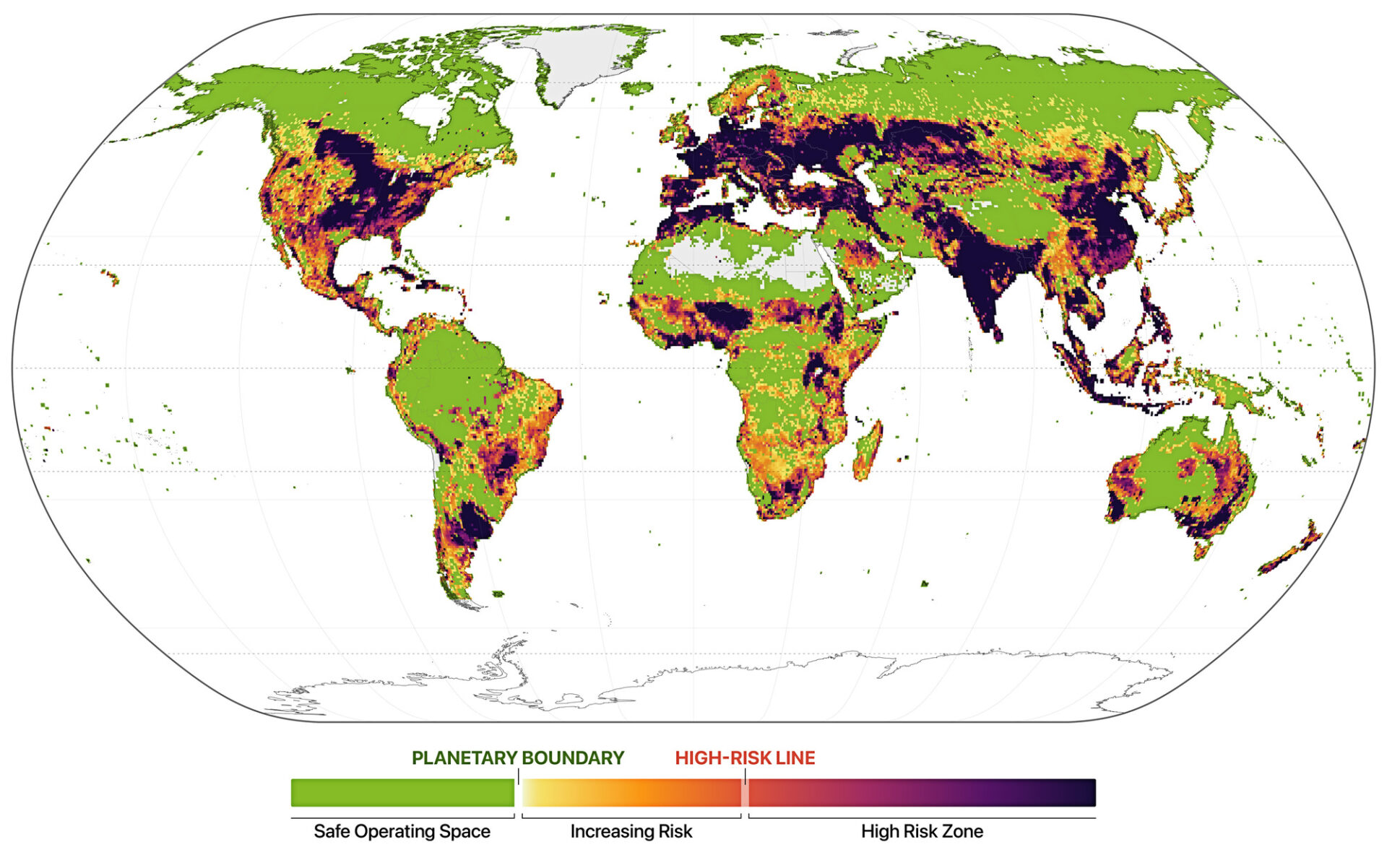
Global risk map of the Change in Biosphere Integrity, based on the functional integrity (HANPP) control variable. Transgression is based on the HANPP control variable. All values shown on the map refer to the year 2010. Based on data from Kastner et al. 2022.
Most boundary transgressions occur in large, continuous regions with high land-use intensity. In contrast, areas in regions without transgressions, such as the Amazon, the Congo Basin, and boreal forests, are primarily natural or semi-natural.
Impacts
The impacts of losing the integrity and functioning of the biosphere are hard to overstate. The biosphere co-regulates the overall state of the Earth on many levels, as it is closely tied into our planet’s biogeochemical cycles and energy balance. The loss of vital services provided by ecosystems also has the potential to deprive our societies of irreplaceable sources of food and feed, energy, materials and medicines, while destabilizing the entire Earth system. Examples are the loss of pollinators, which are needed for more than 75% of food crop species, and the loss of CO₂ uptake sequestration capacity, which could significantly accelerate climate change.
Destabilization of the Earth System
The biosphere co-regulates the overall state of the Earth on many levels, as it is closely tied into our planet’s biogeochemical cycles and energy balance. Loss of biosphere integrity disrupts these fundamental regulatory mechanisms, potentially destabilizing the entire Earth system and its ability to maintain conditions suitable for life.
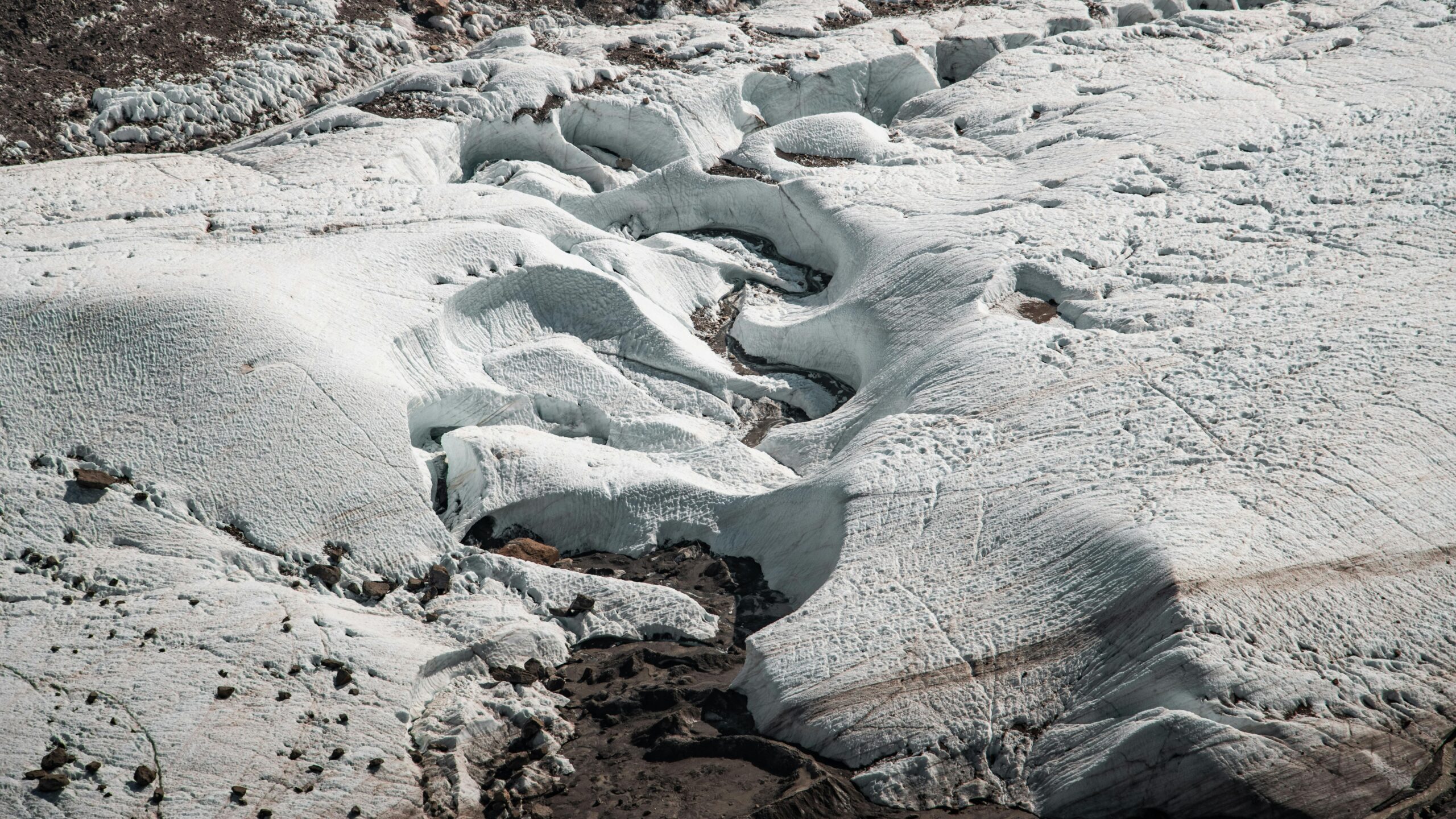
Loss of Critical Ecosystem Services
The loss of vital services provided by ecosystems has the potential to deprive our societies of irreplaceable sources of food and feed, energy, materials, and medicines. These ecosystem services form the foundation of human well-being and economic activity, making their loss a direct threat to societal stability and human survival.
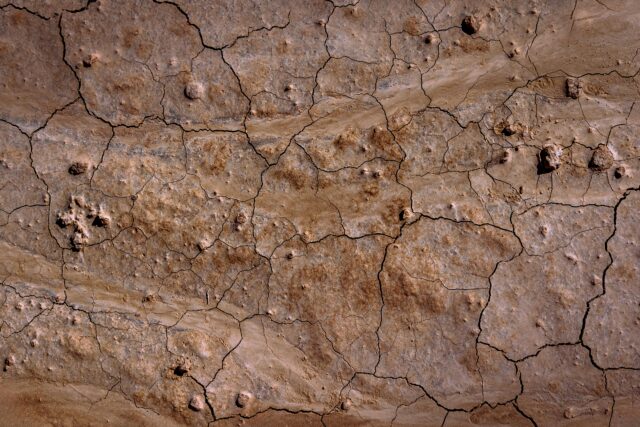
Collapse of Essential Biological Functions
Critical biological functions are at risk of collapse, with cascading consequences. The loss of pollinators threatens more than 75% of food crop species, while diminished CO₂ uptake and sequestration capacity could significantly accelerate climate change, creating dangerous feedback loops that amplify environmental degradation.


Mary Robinson, Former President of Ireland and former UN High Commissioner for Human Rights, former Chair of The Elders (2018–2024) and current Elder, Planetary Guardian.
“These years have seen heatwaves, floods and hurricanes destroy communities across the globe, hitting hardest the most vulnerable who have not caused the problems. Humanity is putting the stability of the entire planet at risk. The urgency is clear. Now we must invest in the science, heed its warnings, and collectively act.”
Mary Robinson, Former President of Ireland and former UN High Commissioner for Human Rights, former Chair of The Elders (2018–2024) and current Elder, Planetary Guardian.
Key Drivers
Species Loss and Threat to Genetic Diversity
Species extinction rates are primarily driven by rapid expansions in agricultural and livestock farming lands, as well as direct exploitation of ecosystems through human activities such as fishing and logging. Climate change, pollution, and the introduction of invasive species further exacerbate these pressures. These stressors often interact in complex ways, introducing significant uncertainty into predictions of future biodiversity loss.
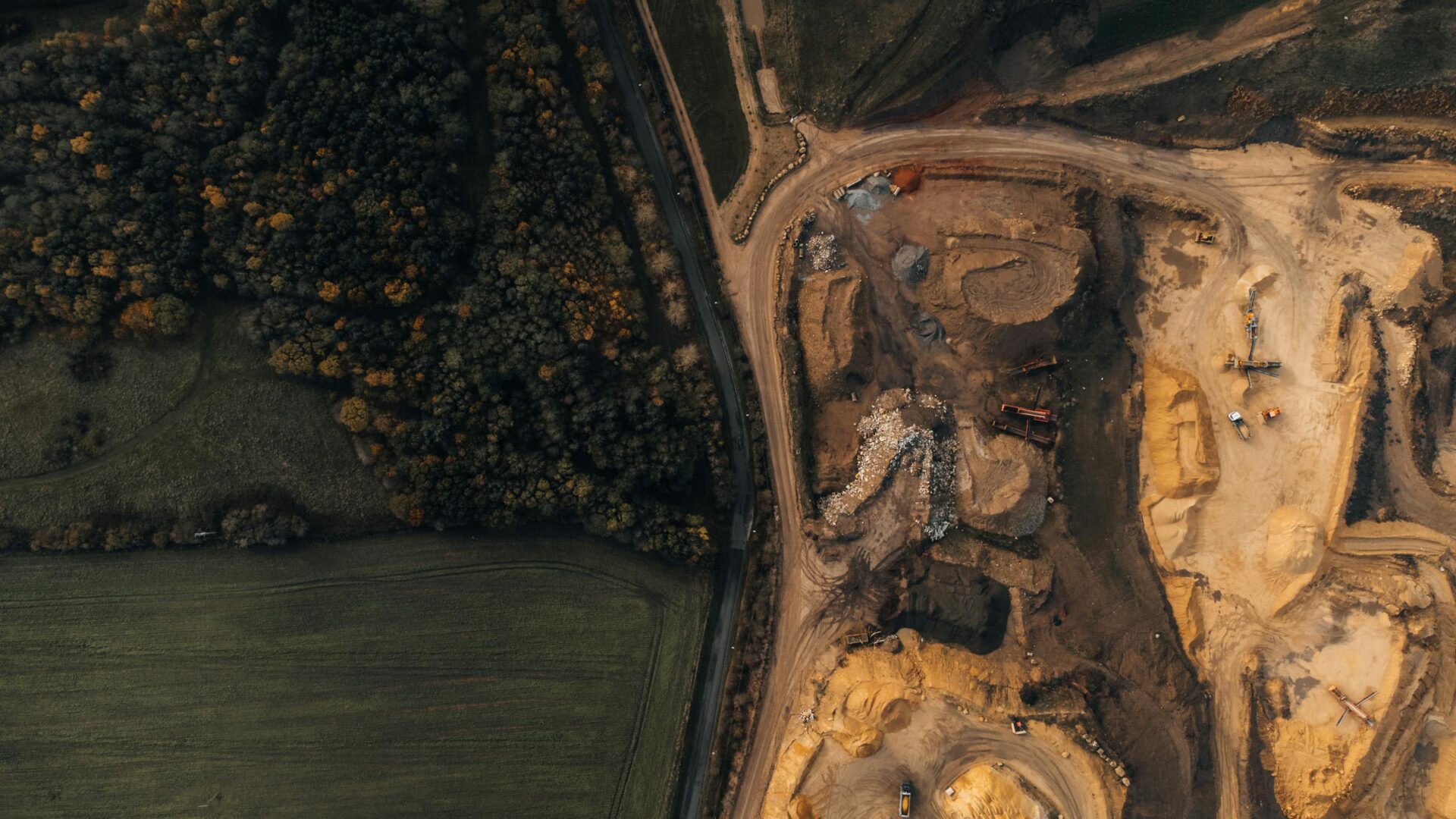
Overexploitation of Net Primary Production (HANPP)
Human appropriation of net primary production (HANPP) for human consumption such as food, fuel, fodder, and fiber has historically exceeded sustainable levels for over a century. This extraction of energy from the biosphere varies across different biomes; on land, it involves harvesting plant materials and conversion of natural ecosystems into less productive managed lands. This diminishes the energy available to natural ecosystems, affecting their functioning as vital components of the Earth system. In marine ecosystems, energy extraction primarily occurs through fishing activities, which alter ecosystem dynamics.

Control Variables
The Planetary Boundary for Change in Biosphere Integrity is measured using two variables: The rate at which species are going extingt (genetic diversity), and the amount of energy humans are extracting from nature through harvesting, hunting and fishing (functional integrity).
Both the control variables for genetic diversity and the decline in the functional integrity of the biosphere have exceeded their safe levels. Globally, species are going extinct at an alarming rate of above 100 extinctions per million species years, and humans are using 30% of the available energy from nature.
Genetic Diversity: Species Extinctions Rate
Cumulative number of extinctions of genera (closely related species with likely common ancestors) per century in different classes of vertebrates. This graph shows that at least 73 genera became extinct over the last 500 years. Similar estimates for mammals, birds and fish indicate a total extinction rate of up to 100 E/MSY. Data from Ceballos & Ehrlich (2023).
The significant and steadily increasing loss of global biodiversity raises concerns that Earth’s biosphere is losing resilience, adaptability and hence its ability to buffer against other PB transgressions.
Definition
The decline in genetic diversity and functional intactness of ecosystems and organisms, along with the loss of their habitats, threatens the biosphere’s ability to co-regulate the state of the planet by impacting the energy balance and chemical cycles on Earth. The Species Extinctions Rate describes the speed at which species disappear. High species extinction rates indicate a loss of species diversity, which is critical for maintaining ecosystem resilience and functionality. The Species Extinction Rates is used provisionally as a proxy for loss in genetic diversity and may be refined as more data become available.
Unit
Extinctions per Million Species-Years (E/MSY). For example, if 1 species out of 1 million species goes extinct every year, the extinction rate would be 1 E/MSY.
Historical Range
The background (i.e. normal) rate of extinction loss is estimated to be 1 E/MSY.
Planetary Boundary (PB)
The Planetary Boundary is set at 10 E/MSY. This is set in relation to the background extinction rate, with 10x faster rate of loss of species compared to the natural background rate being the best expert judgment of what the Earth system can tolerate. The boundary has a wide range of uncertainty (10-100 E/MSY), with the safe boundary reflecting uncertainty and precaution to account for potential knowledge gaps and to minimize the risk of significant Earth system changes.
Functional Integrity: Human Appropriation of Net Primary Production (HANPP)
The energy we take from nature and use for our purposes. The plot displays the control variable “human appropriation of net primary production (HANPP)”, expressed as the percentage of the potential net primary productivity (NPP) of the year 1910. The time series is presented as 10-20 year means and covers the period from 1910 to 2010. The 2020 estimate of 30% is based on an analysis from Richardson et al., 2023. The red line shows the Planetary Boundary of about 10% based on Richardson et al., 2023. Different estimates have been published, and the measurement is associated with significant uncertainties. However, all measurements agree that HANPP is currently in the High-Risk Zone.
The current HANPP has exceeded the Planetary Boundary since at least the early 20th century.
Definition
Net primary production (NPP) is the rate at which plants and other photosynthetic organisms produce organic matter (biomass) in an ecosystem, after accounting for the organic matter they use for respiration. NPP is a fundamental measure of ecosystem productivity and health and serves as a proxy for the energy flow into the biosphere, which all life processes depend on. HANPP measures the extent to which human activities, such as agriculture, forestry, and urbanization, 1) inhibit net primary production and 2) withdraw energy by harvesting products for human use and consumption.
Unit
HANPP is measured in petagrams of carbon appropriated per year . In the context of PB, HANPP is measured as a fraction of the natural Holocene reference NPP (i.e. the natural state of exergy flow into the biosphere).
Historical Range
In the absence of human activity, HANPP would be zero. For low-impact early human societies, it would be close to zero. However, HANPP has sharply increased due to the growing extent, intensity, and impact of human modification of global ecosystems through land use and increasing atmospheric CO2 concentrations. HANPP varies significantly across geographic regions, and there is often a spatial disconnect between the areas where NPP is appropriated and where it is consumed. In highly developed and densely populated areas, as well as regions with intense agricultural production, HANPP values can be very high.
Planetary Boundary (PB)
The Planetary Boundary is provisionally set at less than 10% of the pre-industrial NPP shifting into the zone of high risk at 20%. Those thresholds are based on observational data and ecological modeling, which reveal negative trends in several critical metrics of biosphere functioning. As NPP is the basis for the energy and materials flow that underpins the biosphere’s functioning, today’s impact of HANPP reflects the significant declines seen across major indicators of ecosystem health.
